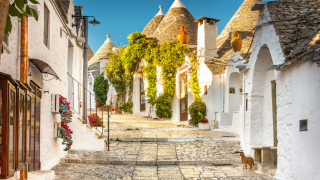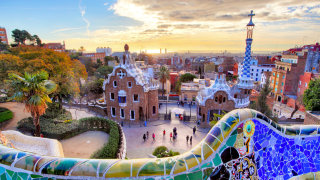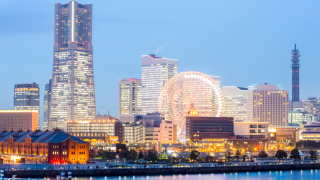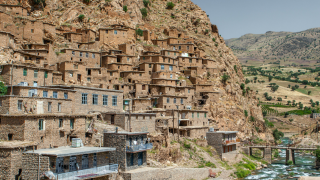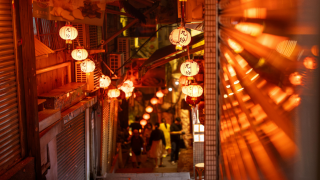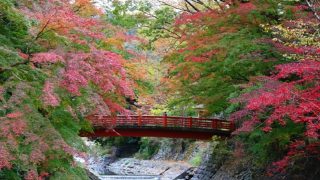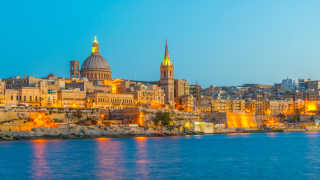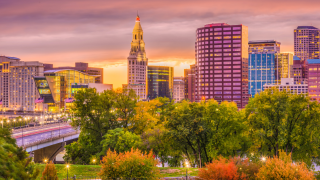 LOANWORD
LOANWORD Connecticut in Kanji as “康乃狄克”: An Explanation of the State’s Appeal as Seen Through Japanese Perceptions of Intelligence and Culture
The state of Connecticut is often associated by Japanese people with elite education, elegant living, and a peaceful environment. Its kanji form “康乃狄克州,” derived from Chinese phonetics, adds a layer of cultural symbolism. To the Japanese perspective, Connecticut represents a blend of intellectual life, natural beauty, and sporting vitality, creating a multifaceted image of the state.


